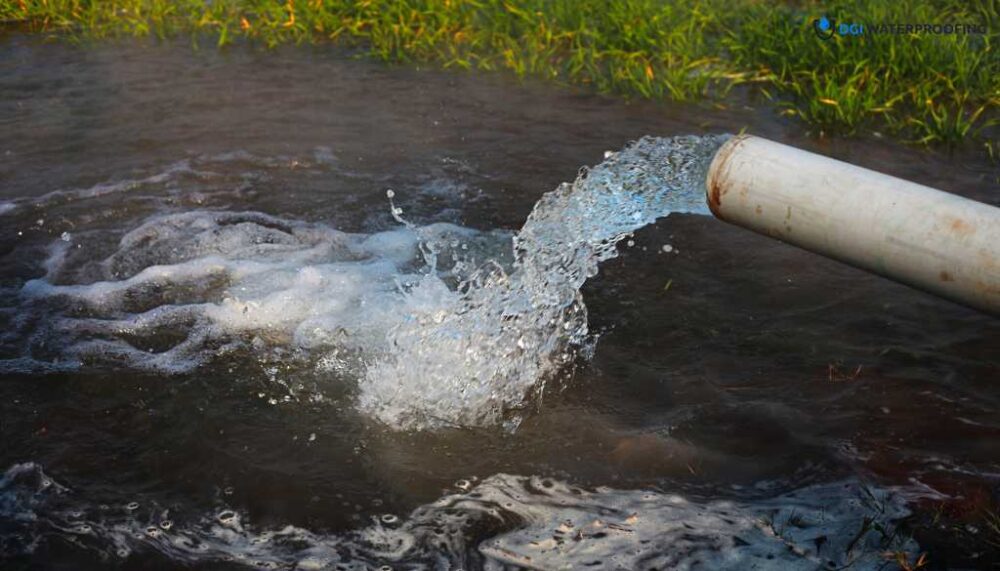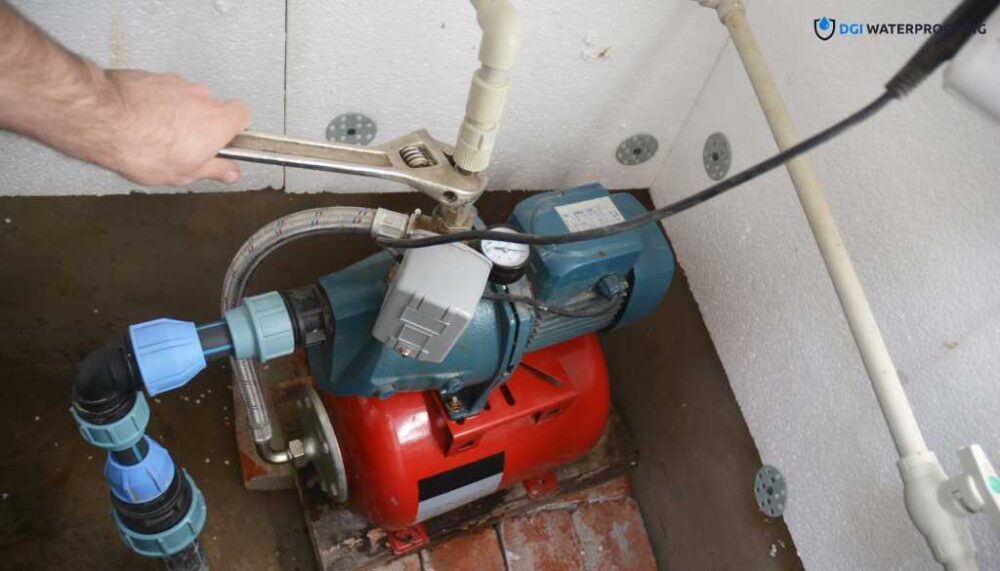Climate change is more than a buzzword; it’s a reality affecting many aspects of our lives, including home maintenance. One area that often gets overlooked is home waterproofing services. As weather patterns shift and rainfall increases, the need for effective basement waterproofing becomes more critical. Let’s dive into how climate change is impacting basement waterproofing and what homeowners can do to stay ahead of these changes.
More Intense Rainfall and Storms
Rising Frequency of Heavy Rainfall
One of the most noticeable effects of climate change is the increase in heavy rainfall. More frequent and intense storms mean more water around your home. This can lead to frequent basement leaks, especially if your waterproofing system isn’t up to par.
To address this, homeowners should consider upgrading their basement waterproofing systems. Advanced waterproof membranes and modern drainage systems can handle higher volumes of water, offering better protection. Regular inspections and maintenance of these systems are crucial to ensure they are functioning optimally.
Flash Floods
Flash floods are becoming more common as well. These sudden surges of water can overwhelm traditional waterproofing methods, leading to significant water damage in basements. The quick onset of flash floods leaves little time for homeowners to react, making it essential to have robust preventive measures in place.
Ensuring your sump pump is powerful and reliable is key. Consider installing a backup sump pump or a battery-operated option for extra security during power outages caused by storms. Additionally, installing flood barriers or shields around basement windows and doors can provide an added layer of protection against sudden water influx.
Rising Groundwater Levels
Gradual Increase in Groundwater
Climate change is causing sea levels to rise, which in turn increases groundwater levels. Higher groundwater means more pressure on your basement’s foundation, increasing the risk of water infiltration. This gradual rise often goes unnoticed until significant damage occurs.

Homeowners can combat this by installing or upgrading exterior drainage systems. Effective drainage helps manage groundwater and keeps it away from basement walls. Installing French drains, exterior waterproofing membranes, and proper grading of the landscape can significantly reduce the risk of groundwater seepage.
Hydrostatic Pressure
Increased groundwater levels also lead to higher hydrostatic pressure, which can cause water to seep through basement walls and floors. This pressure can be immense, pushing water through even the smallest cracks and openings.
Applying waterproof coatings to your basement walls and floors is a proactive measure. These coatings act as a barrier, resisting the pressure and keeping your basement dry. Additionally, interior drainage systems can help manage any water that does penetrate, directing it away from your living spaces.
Shifting Weather Patterns
Unpredictable Weather
Climate change is causing more unpredictable weather patterns. You might experience a period of dry weather followed by sudden, heavy rains. This unpredictability can catch even the most prepared homeowners off guard, leading to unexpected basement water issues.
To stay ahead of these changing patterns, regularly inspect and maintain your waterproofing systems. Look for cracks, wear, and tear, and address any issues promptly. Keeping gutters and downspouts clear of debris ensures they can handle sudden rainfall efficiently, directing water away from your foundation.
Seasonal Changes
Seasonal changes are also becoming more extreme, with hotter summers and colder winters. These fluctuations affect the materials used in waterproofing, causing them to expand and contract, which can lead to cracks and leaks.
Choosing high-quality, flexible materials for your waterproofing system is essential. These materials can better handle temperature fluctuations without cracking or degrading. Additionally, insulating your basement can help moderate temperature changes, reducing stress on waterproofing materials.
Smart Technology in Waterproofing
Smart Sump Pumps

Advancements in technology are offering new ways to protect your basement. Smart sump pumps can now connect to your home’s Wi-Fi network, allowing you to monitor water levels remotely. These pumps can send alerts to your smartphone if water levels get too high, giving you time to react before any damage occurs.
Investing in smart sump pumps provides peace of mind, especially during heavy storms or when you’re away from home. These devices can also integrate with other smart home systems, offering a comprehensive approach to home protection.
Water Sensors
Smart water sensors can detect even small amounts of moisture and alert you to potential leaks or flooding. Placing these sensors in key areas around your basement can help you catch issues early and prevent major water damage.
Water sensors can be placed near potential problem areas like sump pumps, windows, and foundation cracks. By catching leaks early, you can address them before they become significant problems, saving time and money on repairs.
Sustainable Waterproofing Solutions
Eco-Friendly Materials
As we become more aware of our environmental impact, the demand for sustainable waterproofing solutions is growing. Eco-friendly materials not only help protect your home but also reduce your carbon footprint. These materials are often made from recycled or sustainable sources and are designed to be long-lasting and effective.
When choosing waterproofing products, look for those labeled as eco-friendly or sustainable. These products provide the same level of protection as traditional materials but with less environmental impact.

Permeable Landscaping
Permeable landscaping materials, like permeable pavers, allow water to seep into the ground naturally, reducing the amount of water that reaches your basement. These materials can be used in driveways, walkways, and other landscaped areas around your home.
Using permeable materials in your landscaping helps manage water flow and reduces the risk of water damage to your home. This approach not only protects your basement but also supports groundwater recharge and reduces runoff.
Regular Maintenance is Key
Routine Inspections
Regular maintenance is crucial in keeping your basement dry. Routine inspections can help you identify potential issues before they become major problems. Check for cracks in your foundation, signs of mould or mildew, and any areas where water may be pooling.
Schedule regular inspections of your waterproofing systems, especially after severe weather events. Address any signs of damage or wear and tear promptly to prevent minor issues from becoming major headaches.
Professional Help
Sometimes, it’s best to call in the professionals. A professional waterproofing service can provide a thorough inspection and recommend the best solutions for your home. They have the expertise and tools to identify and address issues that may not be visible to the untrained eye.
Contact a professional water damage restoration service for an expert assessment of your basement. They can offer tailored solutions to keep your home safe and dry, ensuring your waterproofing systems are up to date and effective.
Climate change is altering the way we think about basement waterproofing. With more intense storms, rising groundwater levels, and unpredictable weather patterns, the need for robust, reliable waterproofing solutions is greater than ever. By staying informed and proactive, you can protect your home from the impacts of climate change and ensure your basement remains dry and safe.
By addressing the impact of climate change on basement waterproofing needs, you can stay ahead of potential problems and ensure that your home remains safe and dry. Whether it’s through investing in new technologies, regular maintenance, or working with a professional, there are a variety of steps you can take to protect your basement from water damage.
